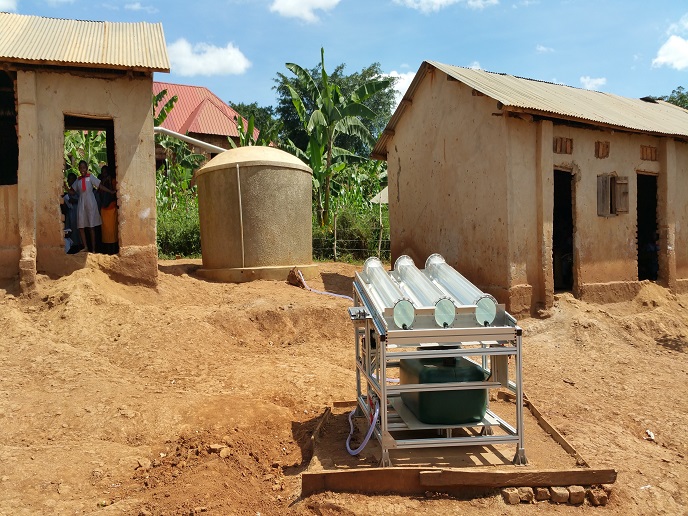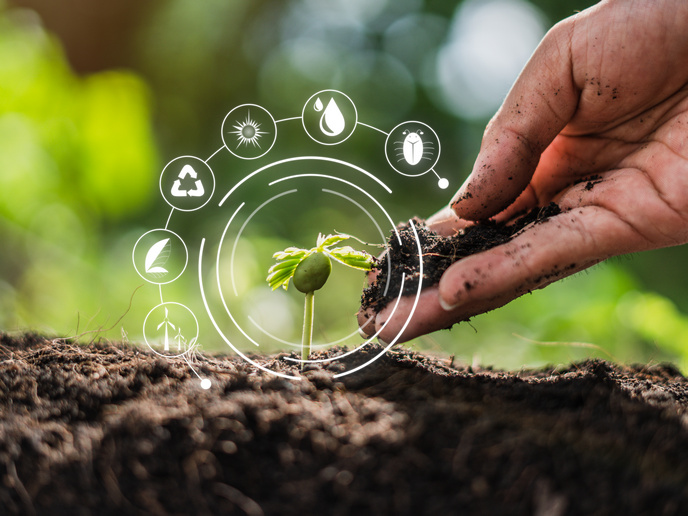Using the sun for water disinfection in Africa
Rural sub-Saharan Africa has no access to a piped water system and people obtain their drinking water from open sources like ponds, rivers and streams, which are generally contaminated. This means that millions of people in local communities are at risk of contracting diseases.
The SODIS technology
The EU-funded WATERSPOUTT(opens in new window) project focused on the technological development of SODIS technologies. The use of the sun to disinfect water is not new; Indian communities about 2000 years ago used to put water into trays under the sun. The approach is quite simple: You just put the water in a transparent container and place it in direct sunlight for 6 hours. The solar UV light damages microbes while the heat developed in the bottle inhibits any endogenous microbial repair mechanisms. WATERSPOUTT brings together 18 partner organisations from 11 countries, including 4 African partners. “Our goal was to provide affordable access to safe water to remote and vulnerable communities in Africa and elsewhere by designing and developing sustainable SODIS technologies,” explains project coordinator Kevin McGuigan. Accumulating evidence indicates that SODIS reduces childhood diarrhoea and dysentery in rural communities and can significantly improve child development. Despite its cost-effectiveness, though, it is rarely implemented.
Advancing SODIS technologies
Harvesting rainwater is a sustainable means of meeting water demand in deprived areas, but it must be treated to avoid contamination. SODIS treatment of harvested rainwater using the WATERSPOUTT specialised reactors has the potential to treat 200 l per 5 hours. The reactor consists of an array of tubes arranged at an angle on a reflecting surface where water flows from the harvested water container. “Imagine it as a solar panel that instead of producing hot water, produces drinking water,” explains project communications manager Fabio Ugolini. People in sub-Saharan Africa commonly use opaque plastic jerrycans to collect and transport water. However, these containers can be easily contaminated, affecting the quality of the water inside. To address this issue, WATERSPOUTT developed a 20-l transparent jerrycan and a 20L transparent bucket, both of which are suitable for SODIS. These containers have been designed for household use and have been piloted in communities in Ethiopia and Malawi. A significant part of WATERSPOUTT was devoted to activities for the social acceptance of these technologies by local African communities. Partners involved the African communities in the design process of the SODIS technologies, increasing the chances of their implementation in everyday life. The WATERSPOUTT experience and knowledge is continuing through the PANIWATER project(opens in new window), which is expected to further advance WATERSPOUTT systems. McGuigan is hopeful that “WATERSPOUTT will impact on all these local communities and allow them to treat biologically contaminated water in their homes.” This will result in fewer illnesses and allow children to attend school for an overall positive outcome on rural life in sub-Saharan Africa.







